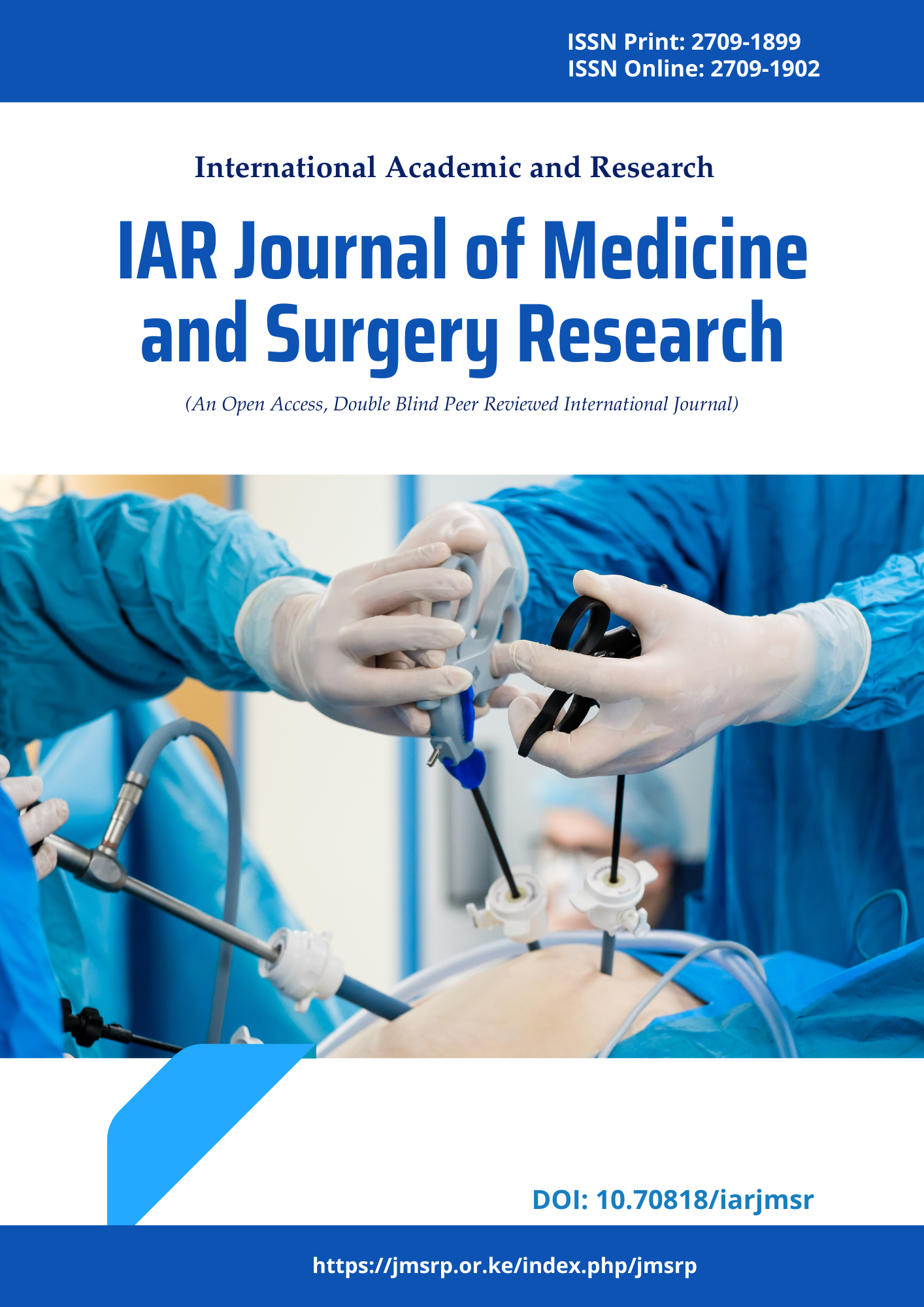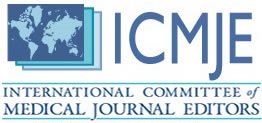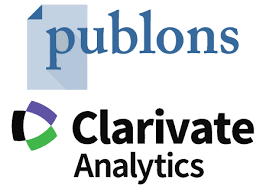Study of risk factor and feto-maternal outcome inpregnancy with jaundice
DOI:
https://doi.org/10.47310/iarjmsr.2022.V03i04.05Keywords:
Jaundice, Etiology, Mode of termination, Maternal mortality.Abstract
Jaundice is defined as yellowish discoloration of skin and mucous membranes due to increase in serum bilirubin levels. Jaundice is clinically visible when bilirubin level exceeds 3mg%, the normal level being 0.2-0.8%. Liver is one of the organs affected during pregnancy due to hormonal and metabolic changes. Metabolic, synthetic and excretory functions of the liver are affected by the increased levels of estrogen and progesterone levels in pregnancy. Aims And Objective: To study the etiology of jaundice and maternal outcomes in terms of termination, maternal complications and mortality and neonatal outcomes of pregnancy with jaundice. Materials and Methods: This is an observational cross-sectional study including 150 patients of pregnancy with jaundice carried out over 3 years (2019-2022) in a tertiary care hospital of Berhampur, Odisha. Liver function test like serum bilirubin total, direct and indirect, serum protein, albumin and globulin, serum transaminases, alkaline phosphate, CT, BT, CBC, Coagulation profile and viral markers were studied. Results: Patient were between age group of 25-30 years from lower socioeconomic status with maximum being primigravida. Around 52% of patients presented at a gestational age >38 wks. Around 68% of case had total bilirubin < 5 mg%.100% of patients presented with yellowish discoloration of sclera or urine. 54% of patients presented with severe preeclampsia and eclampsia, 36% patients landed in PPH. 57.33% patients delivered vaginally. Conclusion: Jaundice in pregnancy has adverse feto-maternal outcome. It should be managed as a team of Obstetrician in collaboration with Physician, Gastroenterologist, Anesthetist and Neonatologist. Improvement in health education, regular ANC, and early referrals result in early diagnosis and treatment of jaundice during pregnancy and reducing maternal and fetal morbidity and mortality.
















